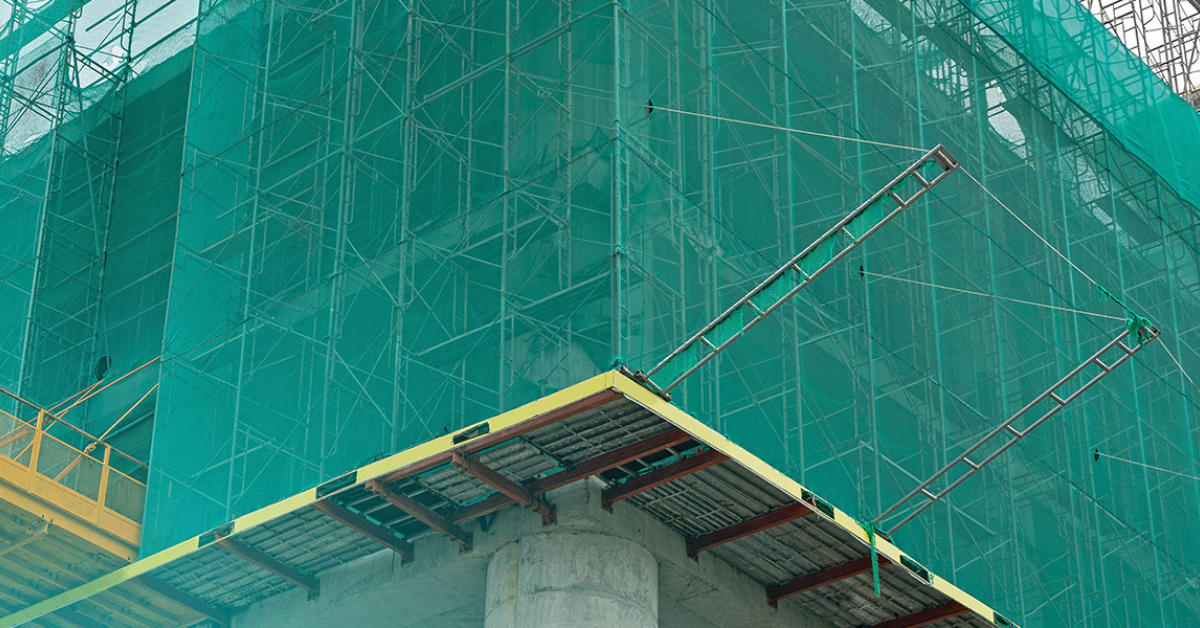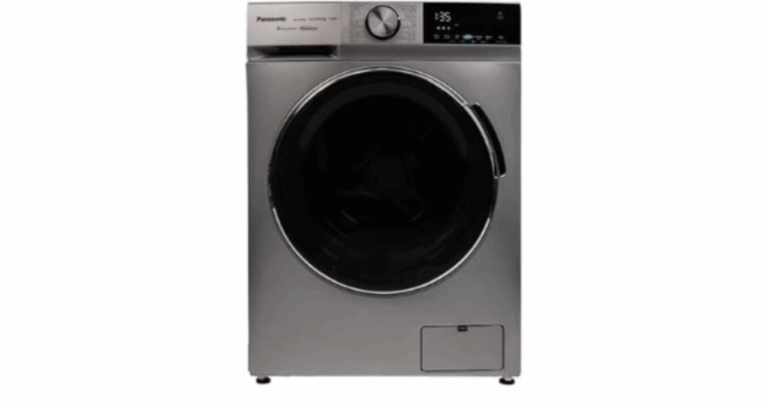Construction Safety Netting: Enhancing Safety and Efficiency on Job Sites
In the fast-paced world of construction, safety remains the top priority. Every project, whether small-scale renovation or a towering high-rise, involves inherent risks. Workers often operate at great heights, handle heavy machinery, and manage unpredictable site conditions. To minimize accidents and ensure a secure working environment, Construction Safety Netting plays a crucial role. It’s not just a safety requirement but also a smart investment in protecting lives, materials, and project timelines.
What Is Construction Safety Netting?
Construction safety netting is a durable, flexible mesh material designed to prevent injuries and property damage on building sites. Typically installed along scaffolding, open floors, or building exteriors, it acts as a protective barrier that catches falling workers, tools, or debris. These nets are made from high-strength materials like nylon, polyethylene, or polypropylene, ensuring they can withstand harsh weather and heavy impact.
The primary goal of safety netting is to reduce the risk of falls—one of the most common causes of injury in the construction industry. By catching objects or personnel before they hit the ground, safety nets minimize both human and financial losses.
Importance of Construction Safety Netting
The implementation of construction safety netting is vital for maintaining a safe workplace. Here are a few reasons why every construction project should prioritize it:
-
Worker Protection – Safety netting acts as a life-saving device by catching workers who might accidentally slip or fall from elevated platforms.
-
Prevention of Property Damage – Falling tools or materials can cause significant damage. Netting helps prevent this, ensuring both people and property remain unharmed.
-
Regulatory Compliance – Many countries mandate safety nets as part of occupational health and safety regulations. Using construction safety netting helps companies comply with local safety laws and avoid penalties.
-
Improved Productivity – When workers feel secure, they perform better. A safe environment leads to higher efficiency and morale across the workforce.
-
Cost Efficiency – Reducing accidents and delays means saving time and money. A small investment in safety netting can prevent costly lawsuits and project interruptions.
Types of Construction Safety Netting
The market offers several types of construction safety netting, each designed for specific purposes. Understanding these variations helps site managers choose the most suitable one for their projects.
1. Personnel Safety Nets
These nets are installed horizontally below work areas to catch falling workers or tools. They provide maximum safety for high-rise or bridge construction sites. The mesh is usually designed to absorb high impact energy and minimize injuries.
2. Debris Netting
Debris netting is used to contain construction materials, dust, and small debris. It’s usually attached to scaffolding or building facades, preventing hazardous objects from falling onto pedestrians or nearby structures.
3. Vertical Safety Nets
Vertical nets act as barriers around open edges, scaffolds, or stairwells. They protect workers and passersby by blocking the movement of objects outside the designated area.
4. Customized Nets
Depending on project requirements, construction safety netting can be customized in terms of color, size, mesh density, and UV resistance. These nets are often used for specific applications like façade protection, bridge repairs, or stadium roofing.
Materials Used in Safety Netting
The performance of construction safety netting largely depends on the materials used. The most common options include:
-
Polyethylene (PE): Lightweight, UV-resistant, and durable. Ideal for outdoor use.
-
Polypropylene (PP): Strong and flexible, suitable for both personnel and debris protection.
-
Nylon: High tensile strength and elasticity make it perfect for catching heavy objects or workers.
In addition, modern safety nets are often treated with UV stabilizers and anti-aging coatings to extend their lifespan under direct sunlight and harsh weather conditions.
Installation and Maintenance
Proper installation of construction safety netting is critical to its effectiveness. Here are the main steps:
-
Site Assessment – Determine high-risk areas that need protection, such as scaffolding perimeters or open floors.
-
Anchor Points – Use secure, tested anchor points capable of bearing significant loads.
-
Tensioning – The net should be properly tensioned to prevent sagging and ensure quick impact absorption.
-
Regular Inspection – Check the net regularly for wear, tear, or UV degradation.
-
Replacement – Damaged sections must be replaced immediately to maintain safety standards.
Routine maintenance ensures that the safety net continues to perform reliably throughout the construction period.
Benefits of Using Construction Safety Netting
Using construction safety netting offers numerous benefits beyond basic protection:
-
Enhanced Site Organization: It helps keep debris contained, maintaining a cleaner and more organized job site.
-
Public Safety: Protects pedestrians and neighboring properties from falling materials.
-
Improved Project Image: Demonstrates commitment to safety and professionalism, enhancing a company’s reputation.
-
Versatility: Suitable for residential, commercial, industrial, and infrastructure projects.
-
Weather Protection: Some safety nets can double as shade or wind barriers, improving working conditions on-site.
Global Standards and Safety Compliance
Safety nets are regulated by international standards such as EN 1263-1 (Europe) and ANSI A10.11 (United States). These standards specify testing methods, performance requirements, and installation guidelines for construction safety netting. Compliance ensures that the product meets minimum safety thresholds and can withstand real-world conditions.
When purchasing safety nets, it’s essential to verify certifications and manufacturer warranties. A high-quality net not only enhances safety but also ensures longevity and cost savings.
Environmental Considerations
Sustainability has become a growing concern in modern construction. Many manufacturers are now producing construction safety netting from recyclable or eco-friendly materials. Some nets are designed for reuse across multiple projects, reducing waste generation. Proper disposal and recycling programs can further minimize environmental impact.
Choosing the Right Construction Safety Netting
Selecting the correct safety net depends on several factors:
-
Type of Project: High-rise, bridge, or residential projects may require different net strengths.
-
Exposure: Nets exposed to sunlight or harsh weather need UV-resistant materials.
-
Load Capacity: Always choose nets with appropriate load ratings for the intended use.
-
Supplier Reputation: Work with reputable suppliers offering certified, tested, and durable safety nets.
Investing in the right construction safety netting not only ensures safety but also reflects a company’s commitment to quality and responsibility.
Conclusion
Construction sites are inherently risky, but many accidents can be prevented with the right safety measures. Construction safety netting serves as a vital line of defense, protecting workers, pedestrians, and property from potential harm. It enhances compliance, boosts confidence, and ensures that projects progress without unnecessary interruptions.
Whether you’re managing a small renovation or a multi-story development, prioritizing safety through reliable construction safety netting is not just good practice—it’s essential for success.
By integrating high-quality nets, adhering to safety standards, and maintaining proper installation, construction companies can create secure, efficient, and sustainable work environments for everyone involved.







